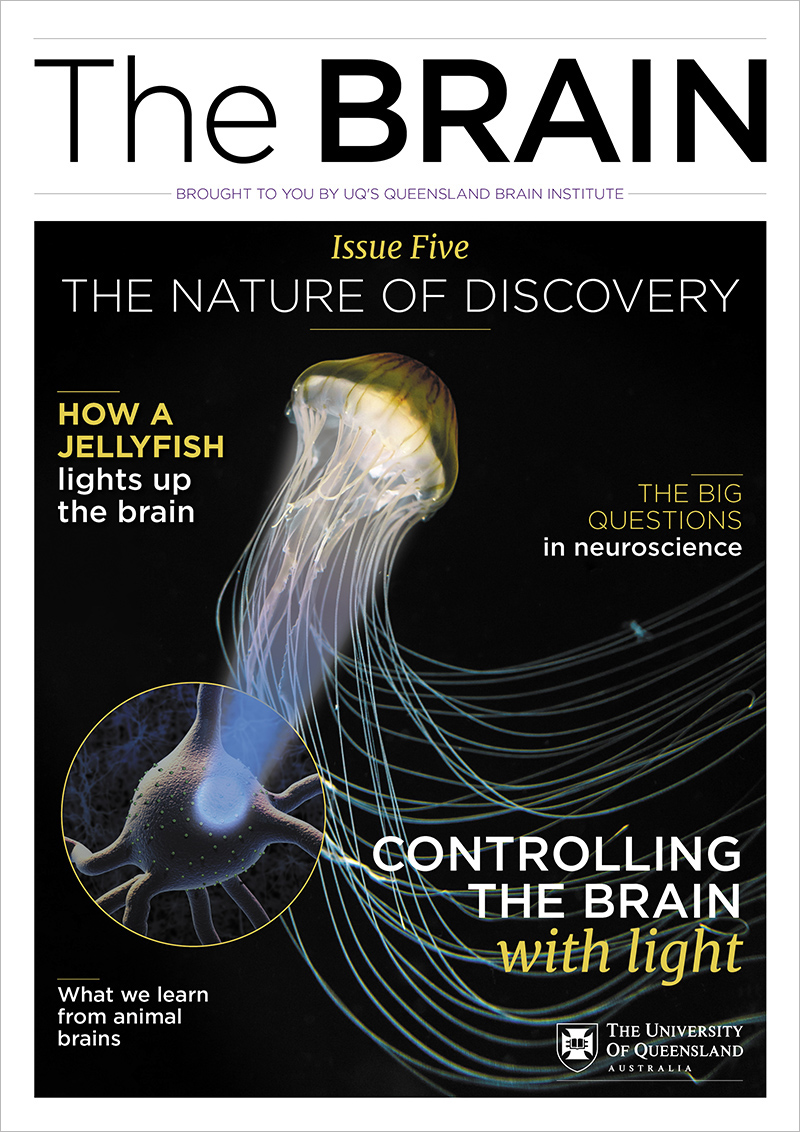Just like many other discoveries, this great advance in neuroscience happened serendipitously in the late 2000s when Professor Jennifer Doudna and Professor Emmanuelle Charpentier took interest in the clever defence strategies used by bacteria to destroy viruses and other invaders.
The scientists noted that bacteria, such as E. coli, and common ‘good’ bacteria in yoghurt, were able to chop up viruses with molecular scissors and destroy their harmful DNA. This curiosity-driven discovery has enabled scientists to fight against the new coronavirus, where new tools are being developed to detect the virus and ward it off.
Translating this idea to neuroscience, researchers suspected they may be able to use the bacteria’s molecular scissors to slice up specific sections of DNA in animals, including humans, and that the cell’s natural DNA repair mechanisms would lead to changes in DNA sequence.
This powerful gene-editing technology, called CRISPR, gives researchers the ability to edit parts of the genome, targeting specific regions of interest, like genes that are involved in brain development, or genes linked to brain diseases such as dementia or Huntington's disease.
Neuroscientists can also use CRISPR to disrupt healthy genes that, when altered, might cause disease. This technique can create disease models that help us understand conditions such as Alzheimer’s disease and motor neurone disease. CRISPR also offers the hope of repairing or changing disease-causing genes.
The challenge is to find which genes are linked to brain development and diseases, to target them. Some conditions will be more suitable for this approach than others; in the case of disorders like depression or schizophrenia, dozens of genes may contribute to the onset.

